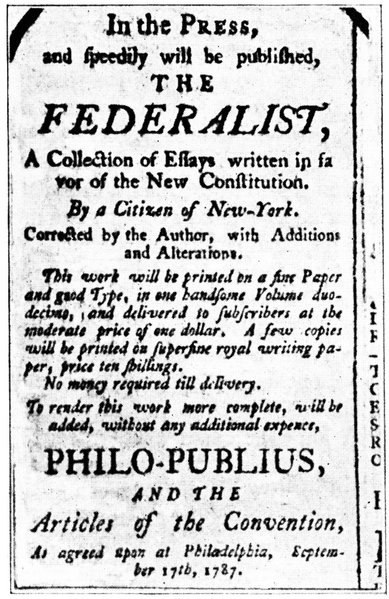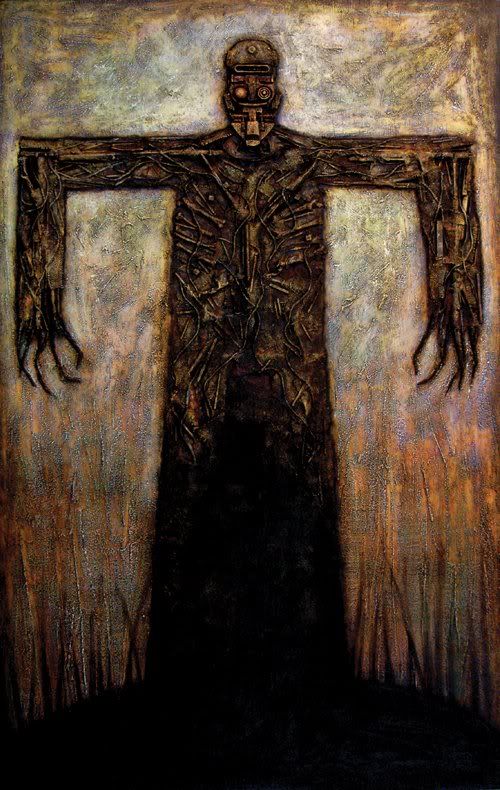 Today on page 316 of Diamond Ruby by Joseph Wallace I read:
Today on page 316 of Diamond Ruby by Joseph Wallace I read:It was a small paper sack. Ruby looked inside and saw that it contained two candy bars of a kind she'd never seen before. She pulled one out and held it up to the light. It was called the 18th Amendment Bar and featured a colorful drawing of [a] bottle of rum on the wrapper.Then on page 318 I read:
"Did the girls like their candy bars?" was the first thing he asked. Ruby nodded. In truth, neither had been able to tolerate the ersatz rum flavor, though Allie had loved being able to add to her candy-wrapper collection.And finally on page 340 I read:
It was the wrapper for the 18th Amendment Bar, with its cartoon jug of rum. Ruby bent close to the wrapper to read the small print. "Marvel Company, Chicago, Illinois."I learned that, according to Ray Broekel, the author of The Great American Candy Bar Book (1982) and The Chocolate Chronicles (1985), and widely regarded as the world’s ranking authority on candy bars, there have been more than 100,000 brands of candy bars introduced in the United States, nearly a third of them in the years between World War I and the Great Depression.
And, sure enough, during Prohibition, the Marvel Company of Chicago made an 18th Amendment Bar, which boasted “the pre-war flavor” and pictured a bottle of rum on the label.





























